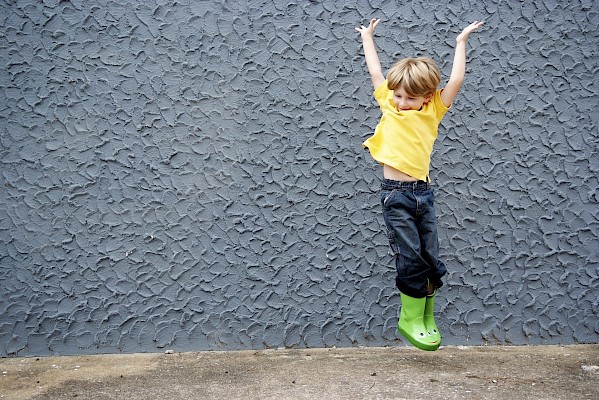
Shirts…shorts…socks…shoes…buttons….zips…clips…the list goes on and on when it comes to getting dressed!
Dressing is an important part of everyone’s daily routines, especially for our kids (whether they like it or not). Although it can be a process that is easy to rush through, it is a great opportunity to spend quality time with your child, as well as target language goals and concepts. Taking a few extra moments during a dressing routine can make all the difference with being able to reinforce and support our children with their language development. Here are some ways to incorporate language into your routine and support with getting dressed.
Encouraging language
- Vocabulary – There are lots of things we can talk about when dressing! Describe:
- what the different clothing items are (shirts, shorts, pants, pyjamas, socks, hats)
- how the clothes feel (soft, smooth)
- what colours they are (blue, yellow, pink)
- what patterns they have (stripes, spots, stars)
- what’s on them (e.g. animals, tv show characters)
- Forced choice – give your child an option between two different items. This could target a range of areas, including colours (e.g. red vs blue shirt), or other vocab words such as animals (e.g. dinosaur shirt or tiger shirt) or patterns (striped shirt or spotty shirt). Hold up the two different items and ask e.g. ‘do you want the green shirt or the yellow shirt?’. This gives your child the opportunity to hear you model the word e.g. green/yellow, which supports them in being able to tell you want colour they want in comparison to the question ‘what colour shirt do you want to wear?’ (as this has no options/model of the words you would like them to use). This also helps include your child in the routine and provide more opportunities to share language and experiences together!
- Requesting – if your child is not yet able to e.g. tie their shoelaces, do their buttons, you could use this as an opportunity to practice asking for help! Wait and encourage them to ask e.g. ‘help please’ or ‘can you help me please’ before jumping in to help them.
Concepts of Sequence
- Help to reinforce the concepts of first, then, before, and after by talking with your child about how they are getting dressed. You might model the concepts by incorporating these words into your routine by saying ‘first shirt, then shorts’ or ‘socks before shoes’. Once they are familiar with this, you could let them finish your sentence. For example:
you: ‘first shirt, then…’ your child: ‘shorts!’.
- Try using a visual schedule/rewards chart to help support your child if they have difficulties with their dressing routine. You could incorporate a variety of different types to help support your child, depending on what suits them and their needs best. You could have pictures of each step (e.g. putting on a shirt, doing the buttons), which they could then also remove/tick once each step is completed. Your speech pathologist or occupational therapist could help support with ideas and implementing visual schedules - ask them how in your next session!
It can take time to get used to incorporating language into routines; but the more you do it, the easier it becomes!
Related Blog Posts
If you liked this post you may also like:
Outdoor fun
Developing Phonological Awareness: the foundation to reading and writing!
Communicating choices
Talk with me as I grow!



